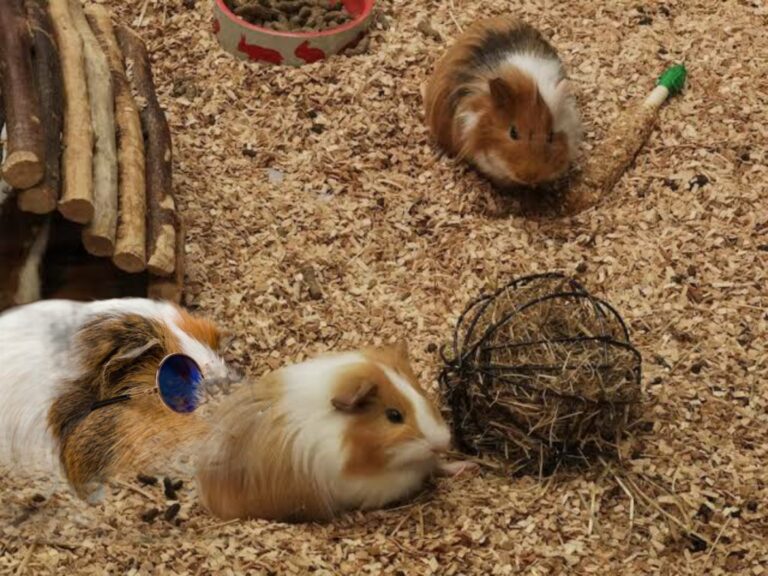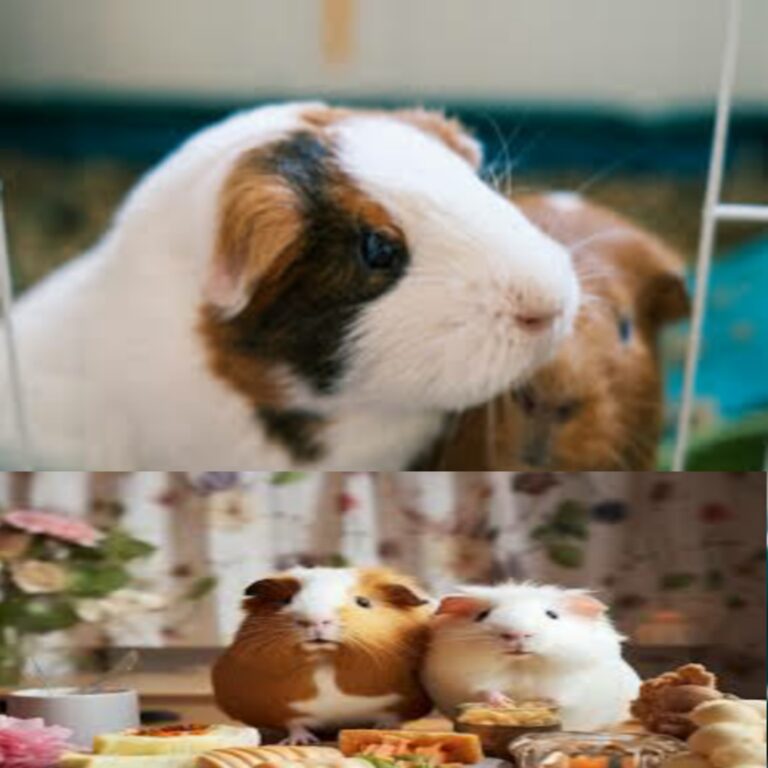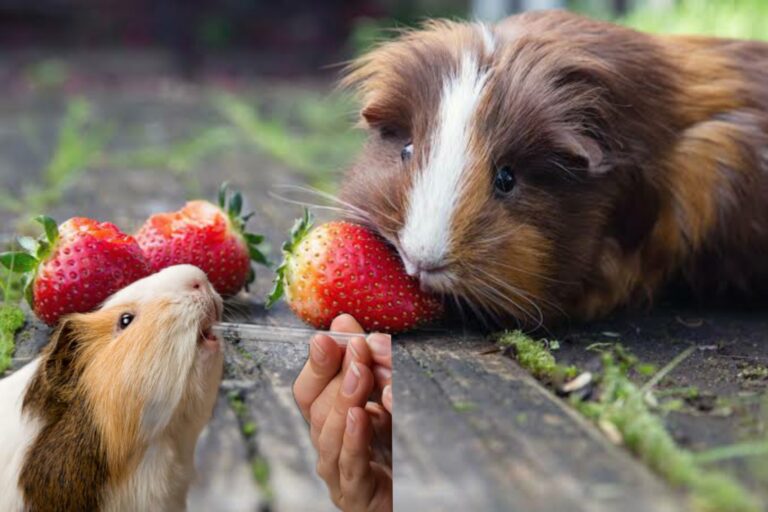
Hey everyone, what’s up? Pig Mom here again, and today we are going to talk about the history of guinea pigs. So let’s get started. There are some common misconceptions about guinea pigs’ names. People think they are descended from pigs and possibly from Guinea in West Africa or Papua New Guinea in the South Pacific, but they are actually from South America, specifically the Andes Mountain region. Guinea pigs are not pigs; they are rodents descended from Cavia porcellus, a member of the Caviidae family, which includes other rodents like capybaras and maras.
Modern guinea pigs got their name because they look and sound like piglets, and “Cavia porcellus” means “little pig” in Latin. I couldn’t find much information on who specifically named guinea pigs, but that’s why they are also called cavies, a shortened version of Cavia porcellus.
Guinea pigs were first discovered by the Incas around 3,000 years ago. The Incas used them as food, known as Cuy in South America, and they held a spiritual significance, being used in ritual sacrifices. Although I couldn’t find much information on the reasons for these sacrifices, archaeologists suggest more research is needed. Guinea pigs were also used in ancient Incan medicine to help diagnose conditions, especially black-furred ones, which were believed to have magical powers.
In 1547, guinea pigs were brought to Europe after the Spanish conquered Peru in 1532. They became popular pets among the wealthy and royalty, especially for children. Throughout the 16th and 17th centuries, guinea pigs appeared in many paintings, and they haven’t changed much since then. The guinea pigs in old paintings look a lot like our pets today.
In the late 1800s, scientists began breeding guinea pigs for laboratory experiments to test medicine and cosmetics. They were useful because they share biological similarities with humans and can be infected with viruses. Research on guinea pigs has contributed to cures for many diseases.
Animal testing is a controversial subject. Is it ethical to use guinea pigs or any animals in medical research? This moral issue revolves around whether human lives are more important than those of animals. Many believe that human lives take precedence, which influences medical safety laws.
According to animalresearch.info, it’s not always possible or ethical to use humans for studying diseases. By law, all drugs must be tested on animals to protect the rights of human volunteers in drug trials. This testing may not prevent all side effects but can indicate potential problems.
I believe we should encourage the development of non-animal testing methods. We can help stop animal testing in other industries, like personal care products, by choosing to support brands that don’t test on animals.
Guinea pigs’ popularity has greatly increased over time. An article estimates there are about 30 million guinea pigs worldwide, making them one of the most popular pets. Pet care standards have evolved significantly. Ancient Incas kept guinea pigs outdoors and fed them barley and vegetable scraps. After being brought to Europe, their diet likely remained similar, influencing modern pet care standards.
In the last few decades, guinea pig care has improved, with more research and the rise of the internet and social media.
I hope you learned something today about the history of guinea pigs. If so, I’d love to hear your thoughts in the comments below.



